Illustrator/author Maurice Sendak was born on 10 June, 1928 in England. In his honor I give you the post I wrote upon hearing that he had died. – Jadi
My Sister & Maurice Sendak
Our first experiences learning to speak seem to involve rhymes. [Twinkle twinkle and Dr. Suess, anyone?] We recite as children, loving language’s sing-song chants.
One of the very first pieces I memorized as a child (to this day I can recite it) was ‘The Cow’ from A Child’s Garden of Verses and Underwoods by Robert Louis Stevenson, printed in 1913.
| The Cow |
| The friendly cow all red and white | |
| I love with all my heart: | |
| She gives me cream with all her might, | |
| To eat with apple-tart. | |
| She wanders lowing here and there, |
5 |
| And yet she cannot stray, | |
| All in the pleasant open air, | |
| The pleasant light of day; | |
| And blown by all the winds that pass | |
| And wet with all the showers, |
10 |
| She walks among the meadow grass | |
| And eats the meadow flowers. |
Can’t you see her?? In my child’s brain she was white and a funny shade of red. (Who ever heard of a red cow? I mean, really.) She was named Flossie, or Maisie, or Bessie. Placid Maisie meanders in a huge field, chewing her cud and surrounded by fairy rings of little flowers.
I have to be in the right mood for poetry, but I still have the used copy of The Norton Anthology of Modern Poetry from my college days of long ago. (How long ago? Decades. A couple of ’em.) My edition of Robert Frost’s complete works came to me when my mother died. When I read Frost, his poems of New England keep me linked to her, too.
Emily Dickinson still knocks me out, and every word Shakespeare penned is poetry in exalted form.
Poetry is emotion and experience expressed in crystalline shapes, no matter whether it’s metered or free verse. Prose works by poets betray themselves through the beauty of the writing. Think of The English Patient. I read that book slower and slower, and found myself rereading pages over and over, savoring Ondaatje’s mastery with language. Or anything by Ray Bradbury: each of his strange magical visions contains a goodly dose of poetry.
Hmm. I just went back and read what I’ve got here so far… Scratch the comment about needing to be in a certain mood to read poetry.
***
The Muses pay a very special visit on those they gift with the ability to speak through poems. For me it’s the hardest of all forms of writing. Sadly, the poetic Muses Erato (love poetry), Calliope (epic poetry), Euterpe (songs and elegiac poetry), and their sister Polyhymnia (hymns and sacred poetry) just don’t knock on my door more than once a decade or so. An impulse to even attempt a poem is the sighting and citing of a rare bird. The last time, and it came over me in a total rush of surprise and inspiration, was the death of Maurice Sendak.
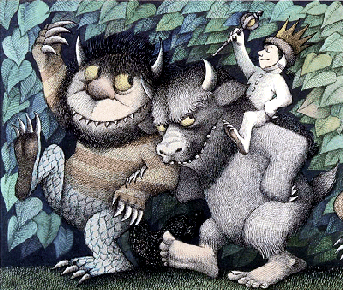
(Photo from Wikipedia)
Mr. Sendak accompanied my childhood and probably yours, too, and he was particularly part of my sister Pam’s early years. I remember his Nutshell Library books, extra small to fit the hands of children. There were 4 of them: Alligators All Around, Chicken Soup With Rice, One Was Johnny, and Pierre (A Cautionary Tale). Pammy read them repeatedly, relating especially to the contrary Pierre. A few years ago I spotted an interview with Sendak in The New York Times (click here for the interview).
The article brought back those little books and how much my sister loved Maurice Sendak. I promptly sent the link to Pam and we spent several weeks emailing back and forth about his wonderful art and our childhood memories.
In May 2012, Maurice passed away. My sister was teaching in Japan; had she heard yet? For some reason I wanted to be the person to break the news to her. I debated how to contact Pam and gently let her know.
The next morning I awoke preoccupied with way too much to do. I began my tasks with the radio on. NPR mentioned that Terry Gross was doing a special Fresh Air show in honor of Maurice Sendak’s passing (a much older interview with Sendak and a more recent one recorded not long before his death). Despite really having no time to spare, I sat down to give 5 minutes to Sendak.
An hour later I still sat. By now tears were streaming down my face. Sendak’s wise, sweet old voice came over the airways, speaking of the secret fears of children, of his inability to believe in God after the horrors of the Holocaust (he lost his entire extended family), his more than half a century with the man he loved, Dr. Eugene Glynn, a NYC psychoanalyst his parents never knew about… Sendak told his story as the tears continued to pour.
I forgot everything, the chores that had seemed so important that morning, the things I had wanted to cross off my to-do list that day. The interview ended, I got shakily out of my chair, found some tissues and blew my nose, wiped my eyes, and sat down to write my sister. “Pam,” I said, “I just heard an incredibly moving interview with Maurice Sendak. He’s died, and I wanted you to get the news from me…. but really you need to hear this interview and listen to his voice.”
And as I sat, a Muse spoke. I wrote the first version of the following poem in one take.
Maurice
Maurice Sendak
Your words and drawings,
depictions transcribe
the soul&depths
of my sister, Pammy.
You died yesterday,
83 years old and not a day
older than the children now grown
adults weeping, mourning
your passing theirs passing
something of childhood gone beyond
retrieving.
Maurice.
I listen to recordings of your voice
You speak, the New Yorker
in you so obvious
I love your sense of place
your first generation voice
of Polish immigrants
of your humanity
your humility
your atheism
your embrasure of
a definition of the world
in which God is
everywhere
in the Wild Things
where they are
My Wild Things salute you.
My Wild Things weep.
Gnash our teeth.
Our King has left us.
Our island, and not just New York
is so much smaller with your passing.
We will cook a meal
Eat a supper and
wish
You were still with us.
In loving memory of Maurice Sendak, June 10, 1928 to May 8, 2012
NOTES: © 2013 Jadi Campbell. Previously published as My Sister and Maurice Sendak.
My books are Broken In: A Novel in Stories, Tsunami Cowboys, The Trail Back Out and Grounded.
Click here for my author page to learn more about me and purchase my books.


 Miles Davis was born on May 26, 1926 in
Miles Davis was born on May 26, 1926 in 





 This hypostyle hall (meaning that the roof rests on pillars) contains a grand 856 columns of finest jasper, marble, onyx and granite. These columns are topped with the arches, which are futher topped with more arches.
This hypostyle hall (meaning that the roof rests on pillars) contains a grand 856 columns of finest jasper, marble, onyx and granite. These columns are topped with the arches, which are futher topped with more arches.



 What would I say if you were to ask me to select one thing I remember most after my first visit to the Mezquita as a teenager, all those years ago? I’d say: A sense of wonder.
What would I say if you were to ask me to select one thing I remember most after my first visit to the Mezquita as a teenager, all those years ago? I’d say: A sense of wonder.




 Artwork both secular and sacred is woven into every stroke of calligraphy that embellishes gorgeous walls and doorways and niches at both the Alhambra and in Córdoba. The effect is one of standing in a house of mirrors or an echo chamber with lights and patterns extending on and out into Forever.
Artwork both secular and sacred is woven into every stroke of calligraphy that embellishes gorgeous walls and doorways and niches at both the Alhambra and in Córdoba. The effect is one of standing in a house of mirrors or an echo chamber with lights and patterns extending on and out into Forever. No single detail stayed. Just… a fleeting glimpse of the Divine.
No single detail stayed. Just… a fleeting glimpse of the Divine.








 Tomorrow I’ll publish the original post again on its 5 year anniversary.
Tomorrow I’ll publish the original post again on its 5 year anniversary. I’m always delighted to find traditionally painted eggs while traveling. These eggs are from the former Czechoslovakia, Slovakia, the Czech Republic, Slovenia and Germany. Sometimes they even come with a certificate of authenticity, like the 3 eggs I got in the old castle in Ljubljana!
I’m always delighted to find traditionally painted eggs while traveling. These eggs are from the former Czechoslovakia, Slovakia, the Czech Republic, Slovenia and Germany. Sometimes they even come with a certificate of authenticity, like the 3 eggs I got in the old castle in Ljubljana!





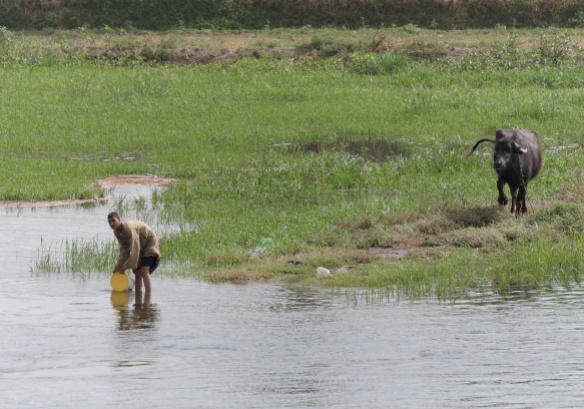

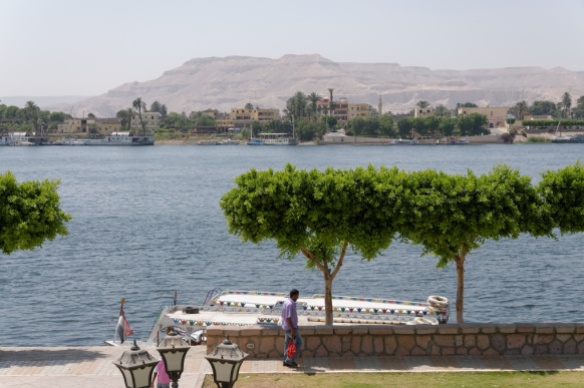
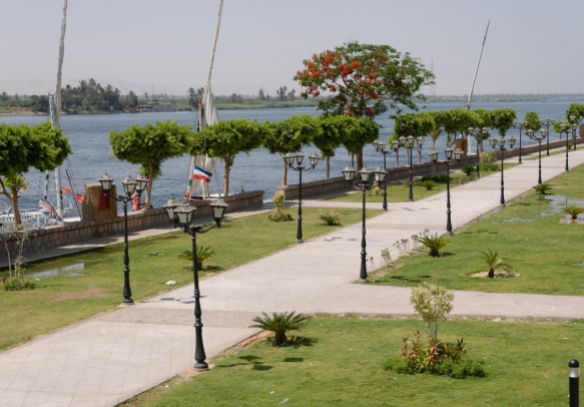
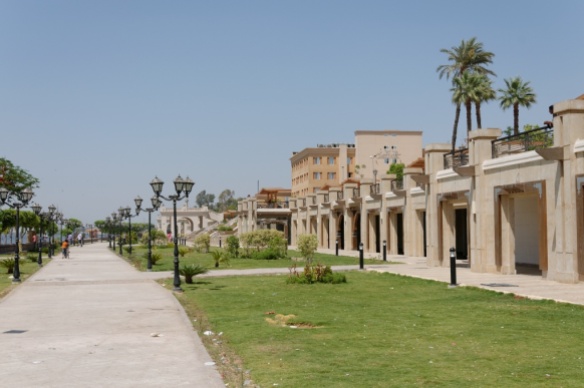


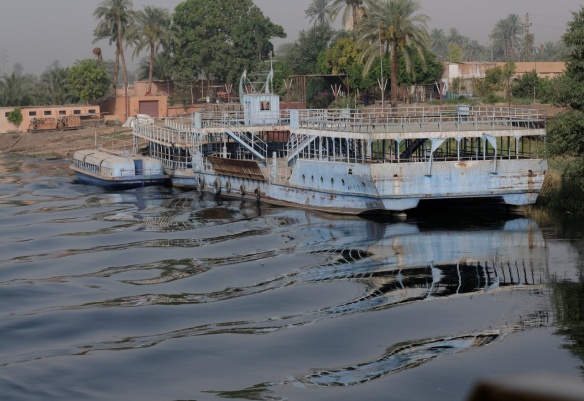

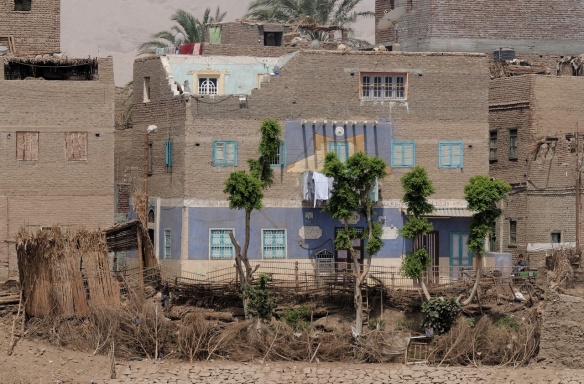



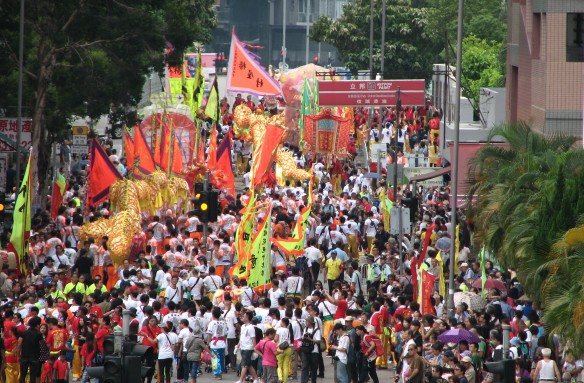
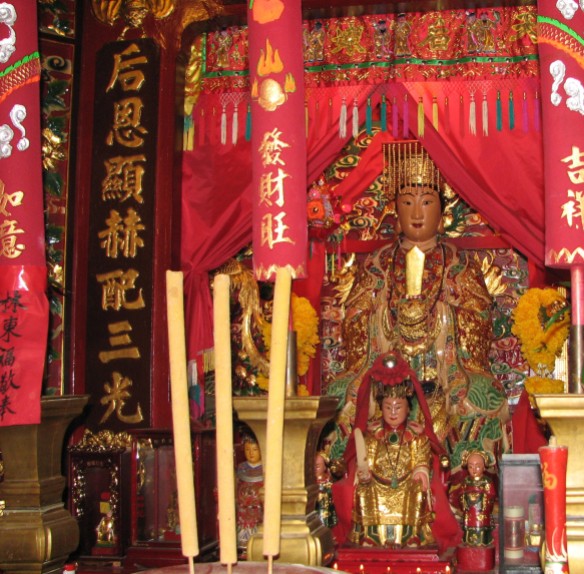
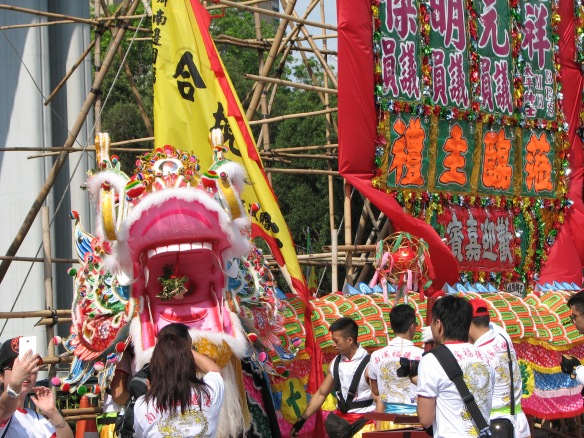


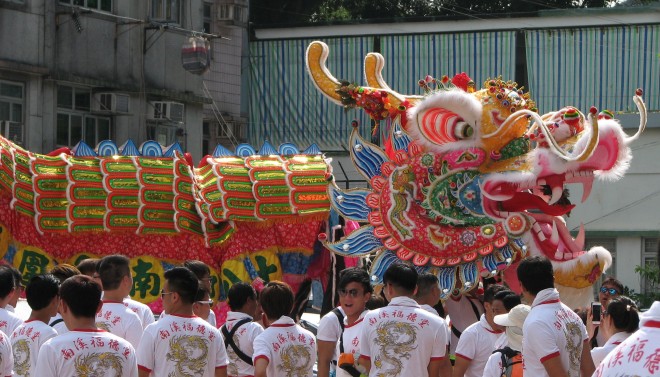


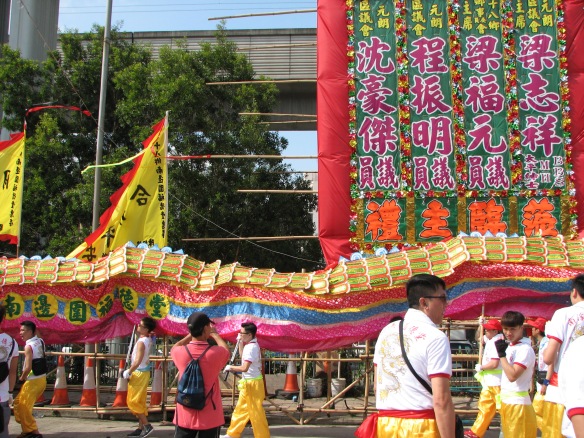







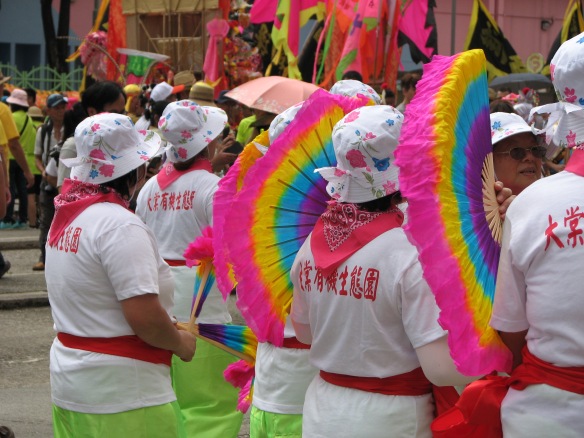

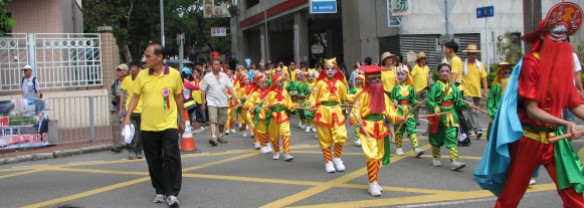
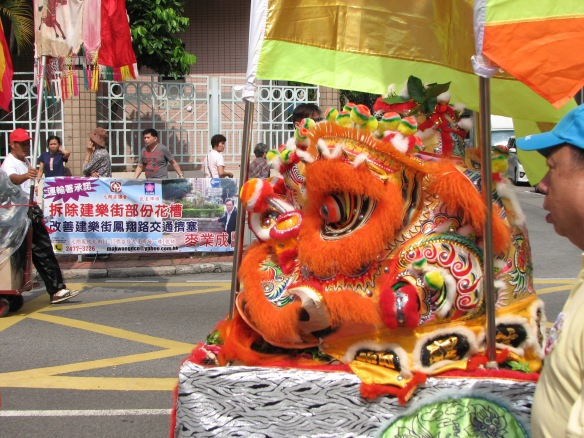





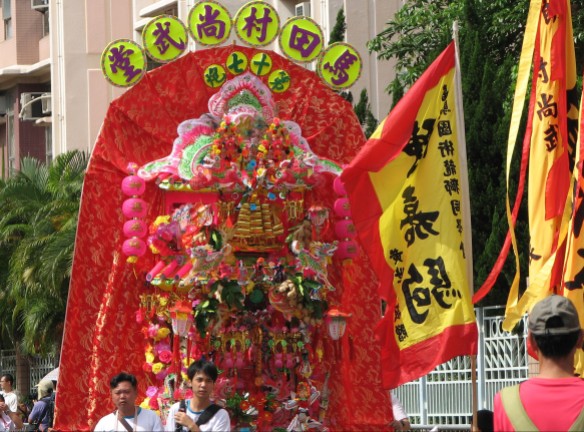

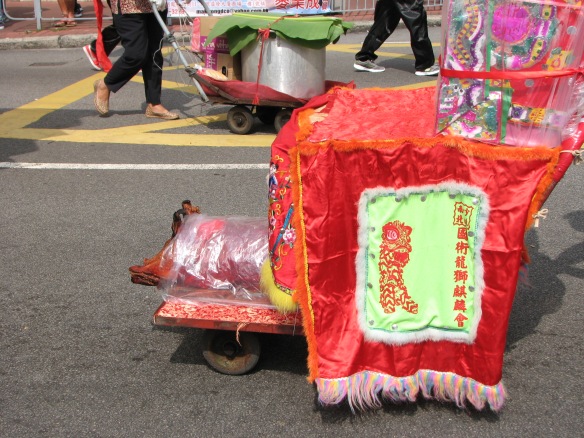


 The colors seem to move and change as you watch: ruby red, emerald green and yellow. [1]
The colors seem to move and change as you watch: ruby red, emerald green and yellow. [1]
 Anne Frank was born on June 12, 1929 in Frankfurt am Main, Germany. Her unexpectedly discovered journal The Diary of Anne Frank is a testament to the endurance of the human spirit. In honor of her life I am reprinting my first post about Stolpersteine, the Stumbling Stones laid throughout the world to remember the lives of those killed by repressive regimes. – Jadi
Anne Frank was born on June 12, 1929 in Frankfurt am Main, Germany. Her unexpectedly discovered journal The Diary of Anne Frank is a testament to the endurance of the human spirit. In honor of her life I am reprinting my first post about Stolpersteine, the Stumbling Stones laid throughout the world to remember the lives of those killed by repressive regimes. – Jadi
